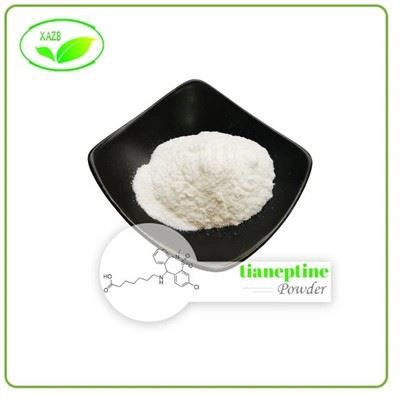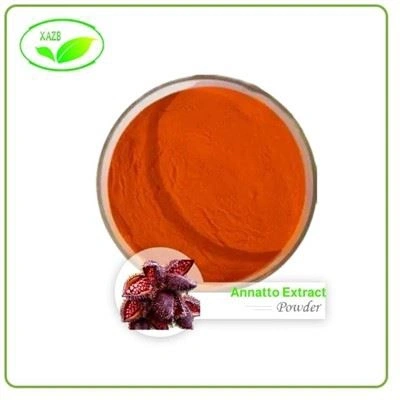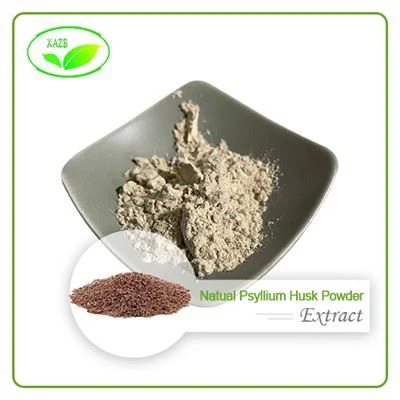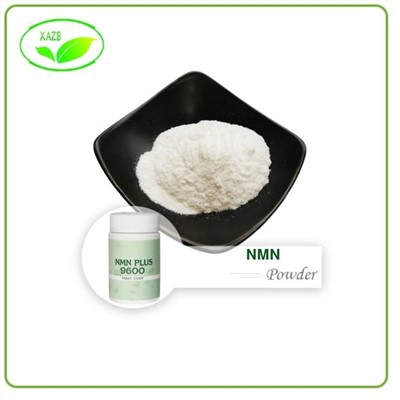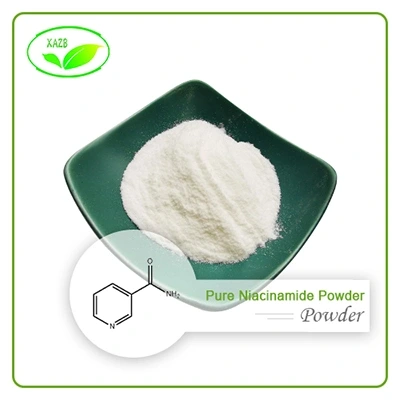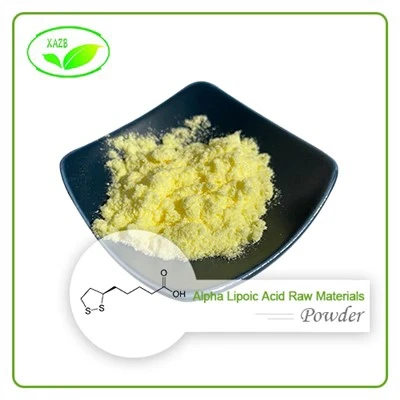What Is The Difference Between Panax Ginseng And Panax Notoginseng?
2024-05-09 10:50:48
Panax ginseng and Panax notoginseng Powder are two popular traditional Chinese herbs that share some similarities but also have distinct differences. In this article, we will explore the characteristics, benefits, and uses of both herbs, catering to the psychological needs and market requirements of buyers in Europe and America.
1. Introduction
Panax ginseng and Panax notoginseng are both widely recognized Chinese herbs with significant medicinal properties.
Panax ginseng, also known as Asian ginseng or Korean ginseng, is a perennial plant native to Northeast Asia, including China. It has been used in traditional Chinese medicine for thousands of years. The main active components in Panax ginseng are ginsenosides, which are believed to have various health benefits. Panax ginseng is known for its adaptogenic properties, meaning it helps the body cope with physical and mental stress. It is commonly used to enhance energy, improve cognitive function, boost the immune system, and promote overall well-being. Panax ginseng is available in various forms, including dried roots, powders, extracts, and supplements.
Panax notoginseng, also called Chinese ginseng or Sanqi, is another important herb in traditional Chinese medicine. It is primarily grown in southwestern China, particularly in Yunnan province. Panax notoginseng contains unique compounds called saponins, including notoginsenosides, which contribute to its medicinal effects. This herb is known for its ability to promote blood circulation, reduce inflammation, and alleviate pain. It is commonly used to treat cardiovascular conditions, such as angina, high blood pressure, and coronary heart disease. Panax notoginseng is often prepared as a powder, extract, or used in herbal formulations.

2. Panax Ginseng: The King of Herbs
Panax ginseng, also known as Asian ginseng or Korean ginseng, is a perennial plant native to Northeast Asia, including China. It is known as the "king of herbs" in traditional Chinese medicine and has a long history of use. The main active ingredient of ginseng is ginsenoside, which is considered to have various health benefits. Ginseng is widely used in traditional Chinese medicine treatment, and its adaptive effect can help the body cope with physical and mental stress. It is commonly used to increase energy, improve cognitive function, enhance the immune system, and promote overall health.
In traditional Chinese medicine, ginseng is widely used to treat problems such as physical weakness, fatigue, insomnia, and memory loss. It is also used to help prevent and treat a series of diseases, such as cardiovascular disease, diabetes, liver disease and gastrointestinal problems. In addition, ginseng is widely used to improve the reproductive health of both men and women.
Ginseng has various health benefits such as regulating human metabolism, enhancing immune system, improving liver detoxification ability, promoting blood circulation, and improving cardiovascular health.
3. Panax Notoginseng: The Miracle Herb
Panax notoginseng as a lesser-known herb, sometimes referred to as "San Qi.''
Panax Notoginseng Powder, also known as Tianqi or Yunnan Sanqi, is an important Chinese herbal medicine mainly produced in Yunnan Province, China. The climate and soil conditions in Yunnan Province are very suitable for the growth of Panax notoginseng, making it one of the most ideal planting areas.
The planting history of Panax notoginseng in Yunnan Province is long, dating back hundreds of years. In some parts of Yunnan, people consider Panax notoginseng as a precious herb and carry out large-scale cultivation. The planting areas of Panax notoginseng in Yunnan are mainly located in Wenshan Prefecture, Chuxiong Prefecture, and Honghe Prefecture, where the altitude, climate, and soil conditions are very suitable for the growth of Panax notoginseng.
As a precious herb, Sanqi is widely used in traditional Chinese medicine. It mainly contains various active ingredients such as Panax notoginseng saponins, which have the effects of promoting blood circulation, eliminating stasis, reducing pain, and anti-inflammatory. Sanqi is considered to have significant therapeutic effects on cardiovascular and cerebrovascular diseases, hemorrhagic diseases, trauma, internal bleeding, and gynecological problems. In Yunnan, Panax notoginseng is widely used to treat cardiovascular and cerebrovascular diseases, stroke sequelae, diabetes complications and other diseases.
Due to its precious herbal reputation, the Sanqi industry in Yunnan has gradually become one of the important economic sources for local farmers. The Yunnan Provincial Government also actively supports the development of the Panax notoginseng industry and has taken measures to protect and regulate the planting, picking, and processing processes of Panax notoginseng to ensure its quality and efficacy.
4. Key Differences and Applications
Panax ginseng:
(1). Ginsenosides: Panax ginseng contains various types of ginsenosides, which are considered the main active compounds. These ginsenosides, such as Rb1, Rg1, and Rd, are believed to have adaptogenic, immune-modulating, and cognitive-enhancing effects.
(2). Polysaccharides: It also contains polysaccharides, which have antioxidant and immunomodulatory properties. These compounds contribute to the potential health benefits of Panax ginseng.
Panax notoginseng:
(1). Notoginsenosides: Panax notoginseng is rich in a unique class of saponins called notoginsenosides. Notoginsenosides, including R1, R2, and Rg3, are considered the major bioactive compounds in Panax notoginseng. They are known for their anti-inflammatory, blood-activating, and cardiovascular-protective properties.
(2). Ginsenosides: Panax notoginseng also contains ginsenosides, albeit in smaller amounts compared to Panax ginseng. The composition and proportions of ginsenosides in Panax notoginseng are different from those in Panax ginseng.
Panax ginseng is commonly used for energy, cognitive enhancement, and immune support, while Panax notoginseng has a specific focus on cardiovascular health and blood circulation.
Panax ginseng and Panax Notoginseng are both traditional Chinese herbal medicines widely used in Asia as natural therapies. In the Western market, as people's interest in natural, comprehensive, and non chemical treatment methods continues to grow, these two herbs are also becoming increasingly popular and accepted.

Both of these herbs contain various active compounds, such as ginsenosides, polysaccharides, triterpenoid saponins, etc. Panax ginseng is mainly composed of ginsenosides as the main active ingredient, which have effects such as adaptability, immune regulation, and cognitive enhancement; Panax Notoginseng, on the other hand, is mainly composed of triterpenoid saponins, which have anti-inflammatory, anti-tumor, and cardiovascular protective effects.
Xi'an ZB Biotech Co.,Ltd is Panax notoginseng Powder supplier, our factory also can supply OEM/ODM service, we can supply Panax notoginseng supplements. We have professional team to help you design packaging and labels. If you want to learn more, you can send e-mail to Jessica@xazbbio.com and WhatsAPP.
Send Inquiry
Related Industry Knowledge
- What Are Nicotinamide Side Effects?
- Is Phenibut Safe?
- What Does Azelaic Acid Do For Your Skin?
- What is The Difference Between D-Panthenol and Panthenol?
- Is Hyaluronic Acid Good For Everyday?
- What Does Pterostilbene Do?
- What Is Berberine Hydrochloride?
- What Is The Best Moisturizing Cosmetic Material In Nature?
- What Does Berberine Do For The Body?
- What Are The Symptoms Of Low Vitamin B6?



